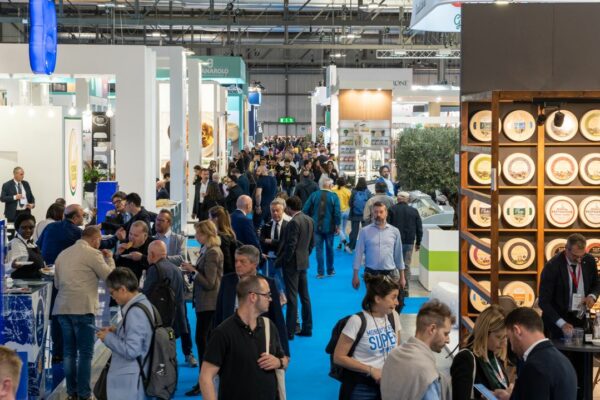
A journey through the world's flavors: fine meats, traditional desserts, unique cheeses, and street food from Europe, Asia, the Americas, and beyond

Since Brexit, British food exports to the European Union have fallen by almost £3 billion a year

The Tomato Water project is starting, aiming to optimize the management of water resources in the industrial tomato supply chain

Italian cheese and dairy exports grow by 11.5% in 2024, confirming the strength of the sector.
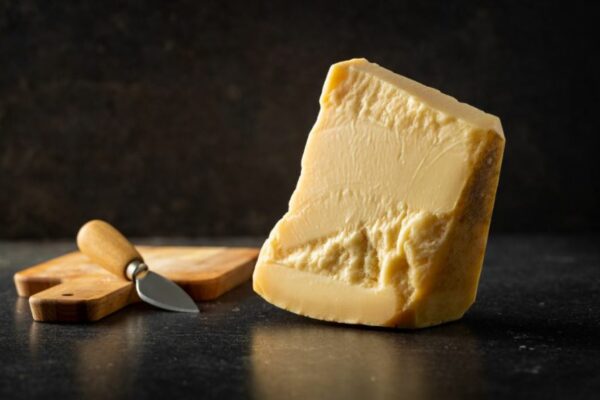
The territorial impact is clear: 61 provinces recorded improvements in PDO economic values, with significant growth in the South

TUTTOFOOD analyzes Circana’s data on Food & Beverage sales and pricing dynamics in Italian retail channels highlighting significant trends
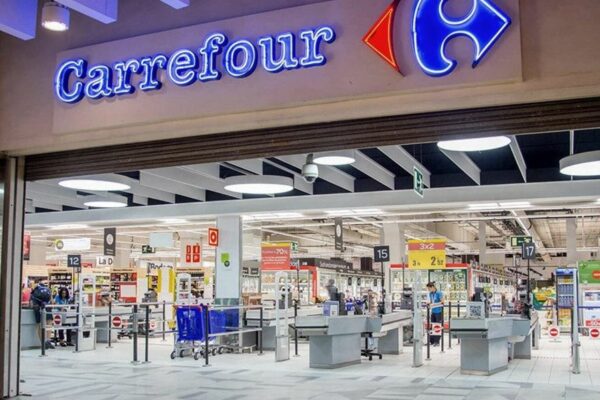
Carrefour in France is extending the use of the Nutriscore to all food products
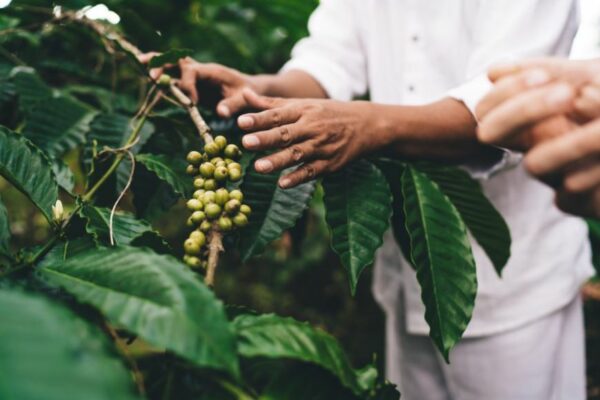
Recently, the European Parliament approved the Commission’s proposal to postpone the applicability of the EU Deforestation Regulation (EUDR)
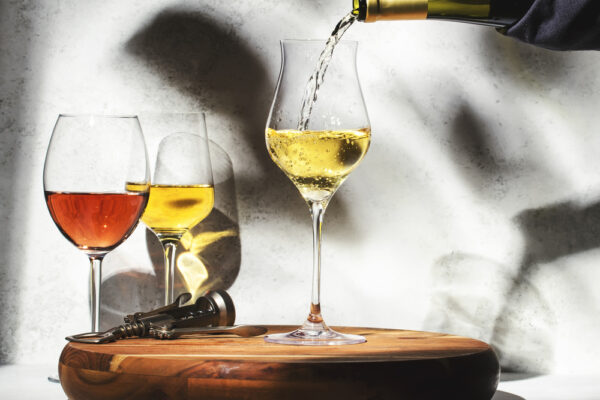
In the Italian wine sector, several companies are obtaining the B Corp Certification, a recognition for companies that pursue sustainability goals and positive impact.

The Participatory Observatory on the Circular Economy, created by Nespresso Italiana and SWG, surveyed Italians' opinions on sustainability and trust in the fight against climate change.
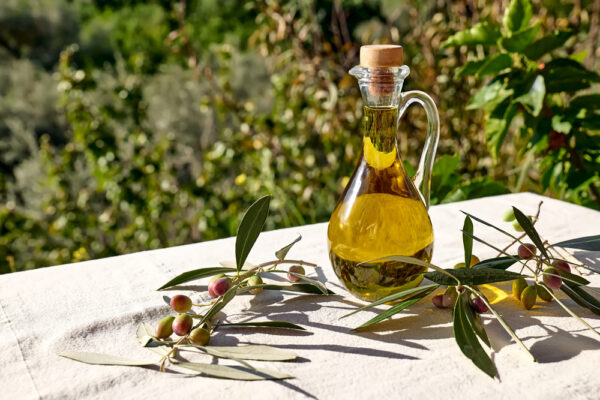
The European Commission has set up the Olive Oil and Table Olives Market Observatory in Brussels, with the aim of improving transparency and information sharing in the sector.

Circana released a research report for Cibus and Tuttofood, highlighting sales and prices of food products in large-scale distribution, in the months of March and April 2024.